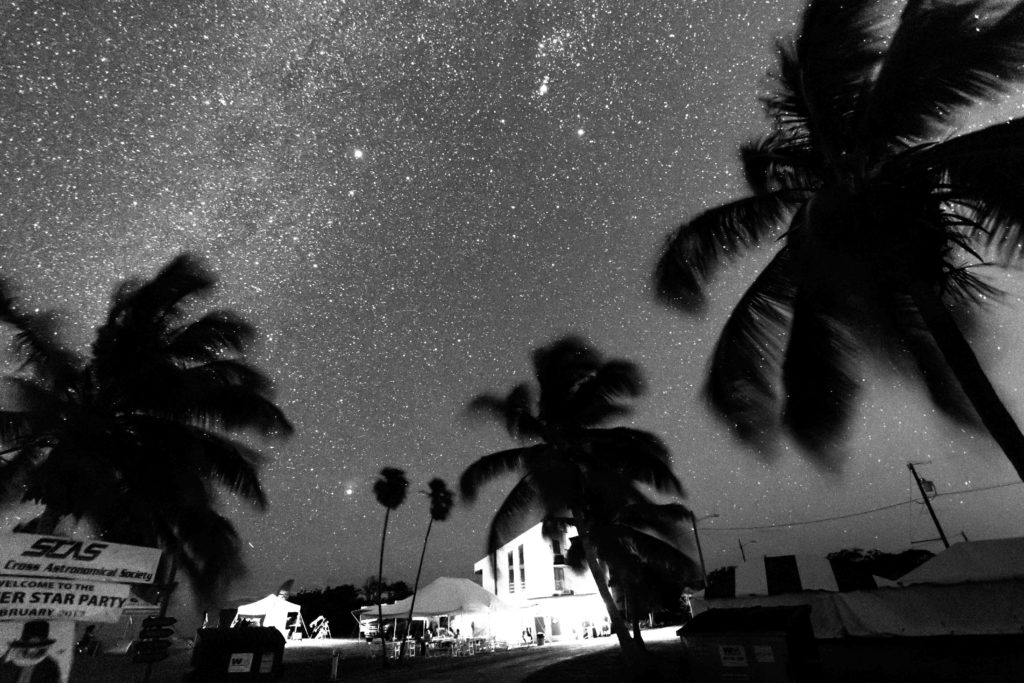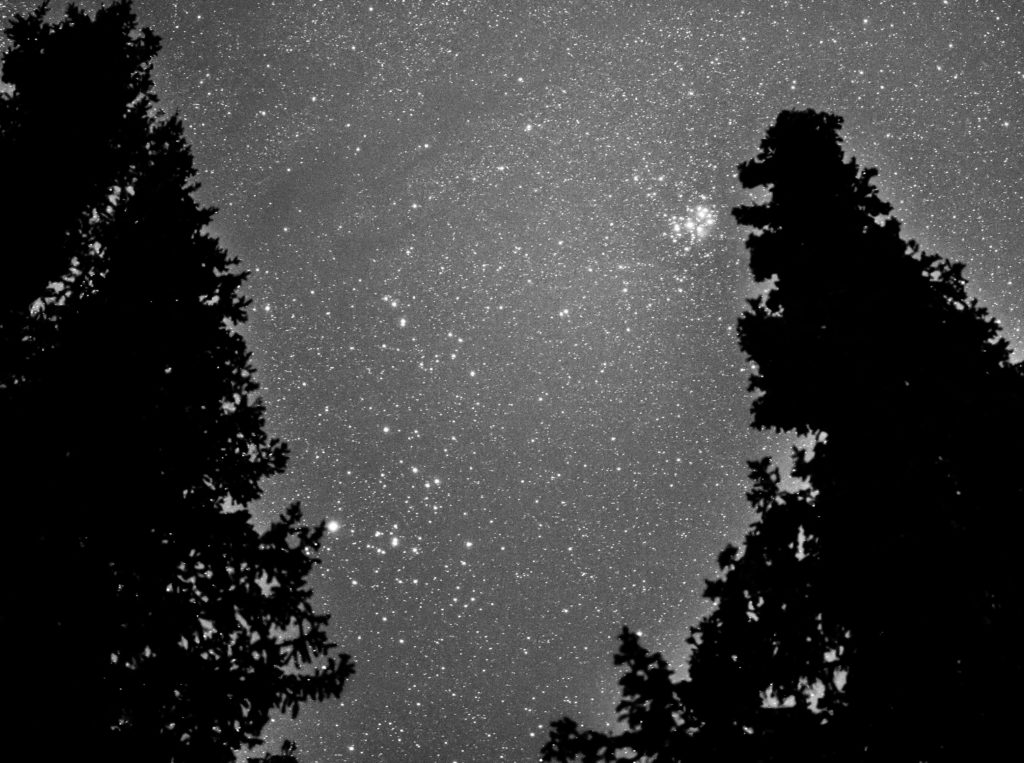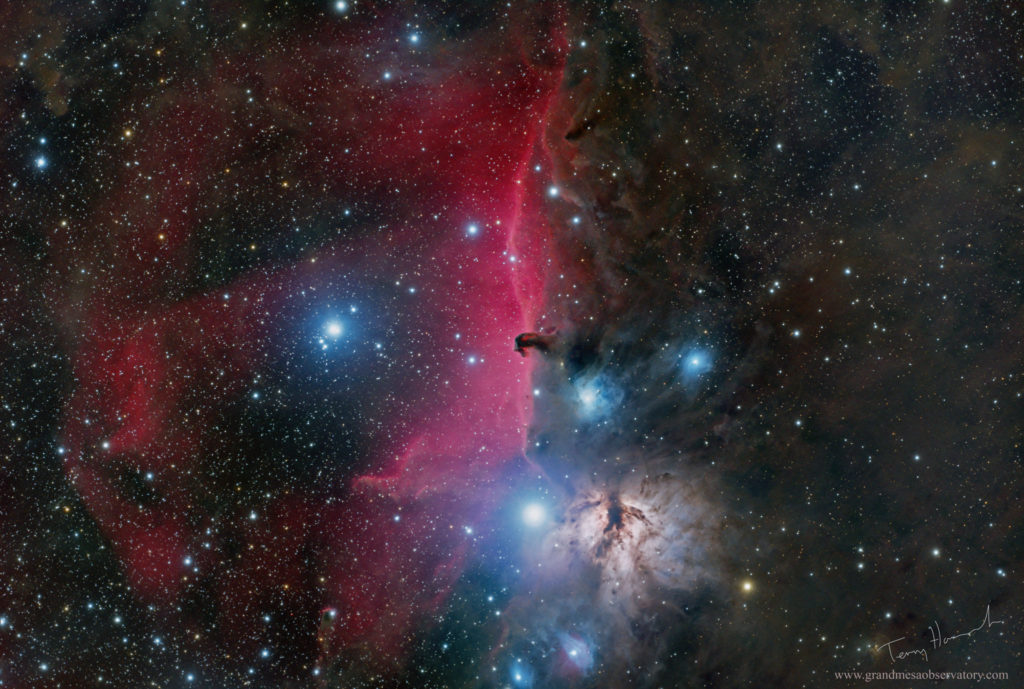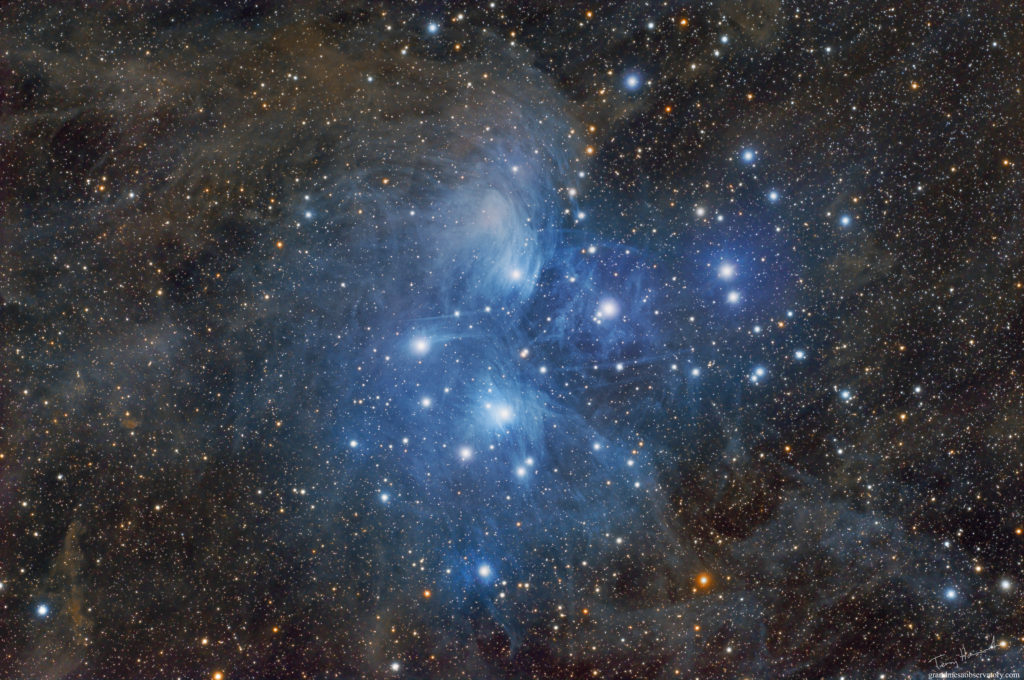
Canopus is located in the southern constellation Carina, the Keel, and it is by far the brightest star in the constellation. At a declination of about -52o, Canopus never rises above the horizon for observers north of 38oN latitude. Many northerners catch sight of it while travelling south for winter vacation. Almost directly south of Sirius, Canopus is just visible in the months of northern winter from southern Spain and Portugal, and from the southern United States. In the southern hemisphere, these two brightest stars are directly overhead in the evening summer sky [Read more…] about The Star of Good Fortune, and Old Age
Share This:

